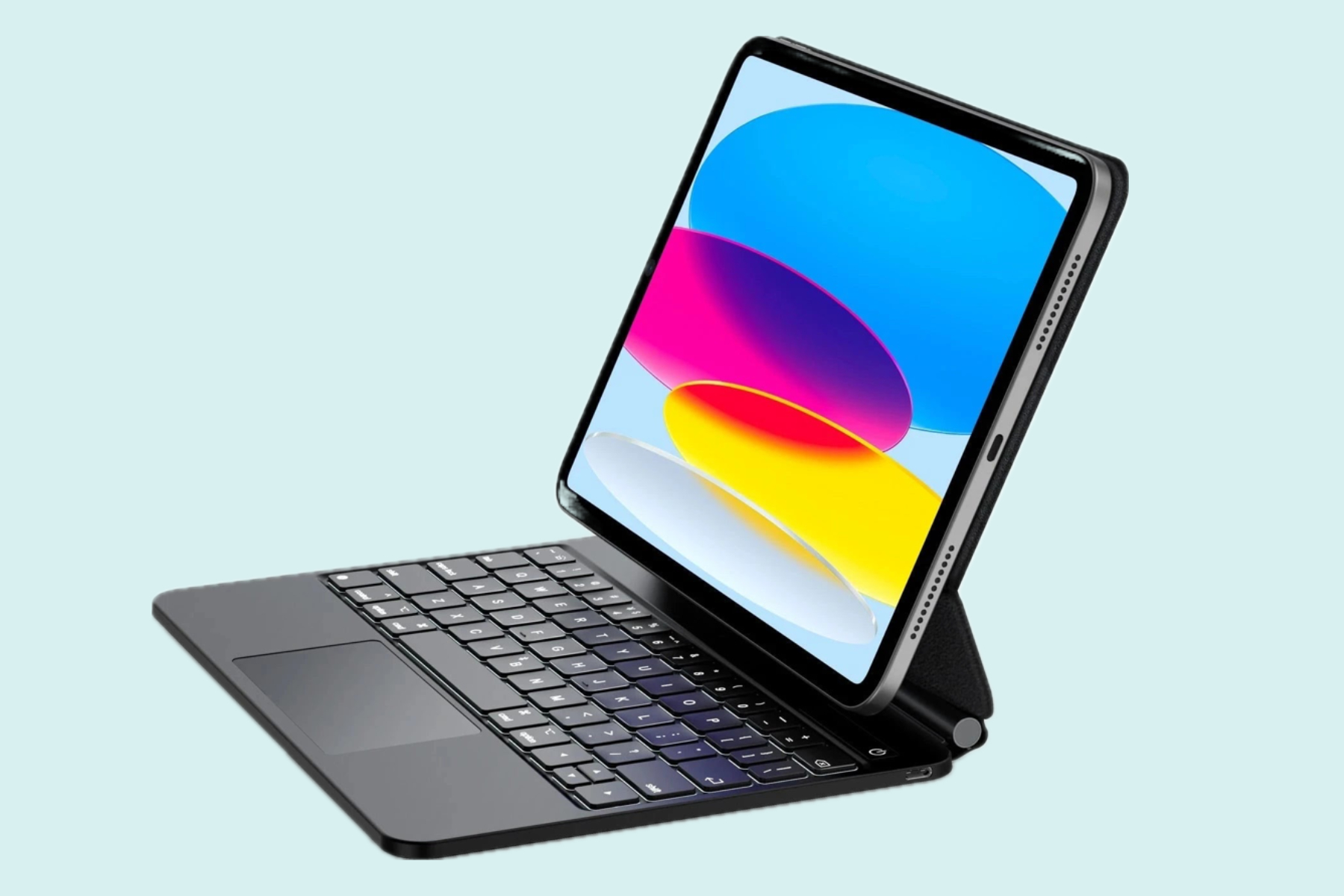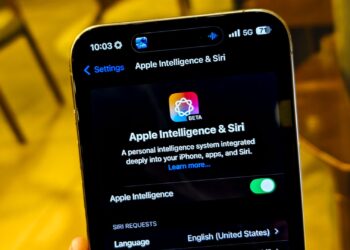I recently wrapped up my evaluation of the latest entry-level iPad, and I must say, I am quite impressed with this tablet. At $349, it's hard to find a better value. The overall experience it offers, from hardware to performance, is significantly superior to any comparable Android device.
This year's offerings from Apple included a few surprises alongside the anticipated chip upgrade. Users are now receiving double the storage at the same price point, and there has also been a boost in RAM. In summary, it's quicker, more adept at multitasking, and alleviates storage concerns for those on a budget.
However, Apple still hasn't resolved the software issues with iPadOS, which continues to present its share of quirks. This year, the gap between the basic iPad and Apple's other tablets feels even wider. Stage Manager has been a key feature so far, but as we look to 2025, the divide is becoming more pronounced.
A good riddance with AI

There's been a lot of discussion regarding Apple's AI initiatives, but not all of it is flattering. While Google has made strides with its Gemini platform on Android and Chrome OS, and Amazon has entered the generative AI arena with Alexa+, Apple's Siri has been lagging behind. The current situation is so dire that capabilities showcased at last year’s developer event have yet to materialize, with some reports indicating that we might have to wait until 2027 for significant updates.
As a temporary fix, Apple has integrated ChatGPT for improved functionality. However, this hasn’t delivered any groundbreaking advancements. Personally, I find a better experience using Gemini throughout my iPhone, from the home screen to Lock Screen widgets, and its performance has surpassed my expectations.
But, at $349, I'm not too bothered, nor am I particularly eager for a more advanced Siri or the complete Apple AI package. That would require more powerful hardware, such as an A17 Pro or M-series chip, and at least 8GB of RAM—resources the entry-level iPad cannot support.
The core audience for this iPad isn't focused on the AI functions anyway, especially at this price point. The iPad mini supports Apple Intelligence, yet it has a price tag that’s $150 higher than this model. Has AI made it a better small tablet? For the most part, no.
The iPad's intended users want to watch videos, take notes in school, play games, and that's about it. It excels in all these areas and even handles demanding games with impressive stability compared to leading Android devices.
AI functionality won’t significantly enhance these use cases. I'm pleased Apple opted to forego heavy AI features, keeping the iPad accessible to those looking for a classic Apple tablet experience. With that said, the 2025 iPad is a significant success.
The weird stylus deal

Let's discuss the stylus situation. The iPad only supports the first-gen Apple Pencil and the Apple Pencil that uses USB-C. Just look at the image above to see how cumbersome the charging process can be, featuring a USB-C adapter that is easily misplaced.
The USB-C model of the Apple Pencil costs $80 and is incompatible with the second-gen Apple Pencil that charges wirelessly. This means users miss out on important features like pressure sensitivity, barrel roll, haptic feedback, and Find My integration, which also come at a higher price point.
It's not practical to spend 37% of the tablet's cost on a stylus. Will Apple introduce a more affordable stylus tailored for this iPad? It's unlikely. There are alternatives, like the ESR Geo Digital Stylus, priced at just $30, which even outperforms the $130 Apple Pencil Pro.

The ESR stylus boasts excellent build quality, magnetic attachment, a multi-function button, and a smooth drawing experience. Moreover, it even includes Find My tracking support, a feature not available on the more expensive second-gen Apple Pencil.
A terrible keyboard situation

Now, let's move on to the keyboard situation. The Magic Keyboard Folio is impressive, but at $250, it costs roughly two-thirds of the tablet's total price. While it’s a well-made product, its value argument is weak, especially for budget-conscious buyers who opted for the iPad over more expensive models.
The issue isn’t just the price. Apple provides a functionally inferior package at a higher cost. For example, the Logitech Combo Touch keyboard case offers a pencil holder, comprehensive protection, and, crucially, a backlit keyboard for $149.

Apple’s keyboard case priced at $249 lacks backlighting. Alternatively, the ESR Rebound Magnetic keyboard case mimics the more expensive Magic Keyboard while coming in at a cheaper price than Logitech.

For an even more economical option, the ESR Ascend keyboard case closely resembles the design of the Magic Folio, offering side protection, a pencil slot, and backlit keys. It seems Apple is oblivious to the iPad's price bracket and target demographic, opting to market accessories at unreasonable prices.
iPadOS needs some attention, too
While iPadOS operates smoothly and the app selection is impressive, there are areas where it lags behind, especially in flexibility. The iPad outshines Android tablets in gaming, but the advantages are primarily found in Apple's own applications or select third-party options. The overall iPadOS experience is often too rigid.

Unfortunately, many popular apps like Instagram, WhatsApp, Threads, and Bluesky aren’t optimized for the iPad experience, leading to awkward layouts. Conversely, Android has become much more adaptable when it comes to aspect ratios and resolutions.
You can even force specific apps to utilize the full screen. Unlike iPadOS, where window resizing is severely limited—even with Stage Manager—Android provides a much better experience. Additionally, the back gesture within apps can be erratic, causing frustration for users.

The navigation experience leaves much to be desired. Users are often left guessing about whether to swipe, search for a back button in a corner, or open a side window. In contrast, Android’s universal edge gestures are far superior and more reliable. Although Apple has improved keyboard shortcuts on iPadOS, the touch interaction still needs refined attention.
The software doesn’t demand an extensive overhaul; it simply needs a few fundamental adjustments to enhance the user experience. Apple has the capability to implement these changes, but it requires commitment and a willingness to heed user feedback.





